Japan has one of the lowest crime rates in the world. In a nation of more than 127 million people, it recorded only 440 homicides in 2014. Until 2005, the statute of limitations on murder was only 15 years. Because of this and an astonishingly high conviction rate of 99 percent (which might very well include some innocent people), some murder cases have never been solved.
#10 Akio Kashiwagi

Akio Kashiwagi was a multimillionaire real estate mogul who loved to gamble. His favorite game was baccarat, which he sometimes played 80 hours a week, betting as much as $200,000 on a game. During one particular game at an Atlantic City casino, Kashiwagi accepted a wager to play with $12 million. Over a six-day period, Kashiwagi spent almost 12 hours a day playing until he left with only $2 million, $10 million less than when he came in. With behavior as reckless as this, it’s not very surprising that he was over $19 million in debt by the time of his death.
On January 3, 1992, Kashiwagi was found dead in the kitchen of his Fujiyoshida home. He’d been stabbed over 150 times by what police believed was a samurai sword. Kashiwagi was known to have always locked his doors, and there was no sign of forced entry. Nothing was missing from his house, even though he had plenty of cars, diamonds, and rare traditional Japanese paintings. Although he had many friends, his debts also made him many enemies. It’s been suggested that he was killed by the Yakuza, but those in his town think it’s likely that he was murdered by a close acquaintance.
#9 The Hachioji Supermarket Massacre
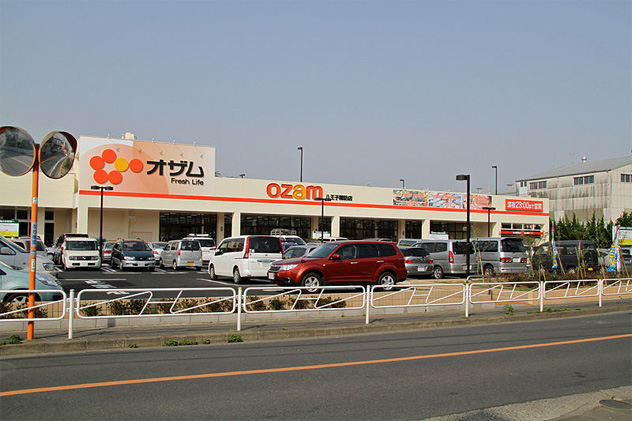
On July 30, 1995, three female employees at the Super Nanpei Owada supermarket in Hachioji were found shot to death in the store’s second-floor office. Two of the victims were part-time high school students. Each had been tied up with tape and shot in the head once. While police initially thought it was a robbery, no money or jewelry had been taken from the victims. A safe in the room which contained over five million yen had a single bullet hole in it. Authorities had no clues aside from their suspicion that the murder weapon was an illegal handgun manufactured in the Philippines.
In 2009, a Japanese man being held on death row in China claimed that a Chinese gangster living in Canada committed the murders. The Chinese man was already wanted in Japan for using a forged passport. Canada extradited him to Japan in 2013, but he claimed not to know anything. In February 2015, the Tokyo Metropolitan Police announced that fingerprints from the tape used to bind the girls was closely matched to a Japanese suspect who had died 10 years earlier. However, the suspect wasn’t in the area around the time of the murders, and the fingerprints have been deemed insufficient to use as evidence.
#8 Miyako Hiraoka
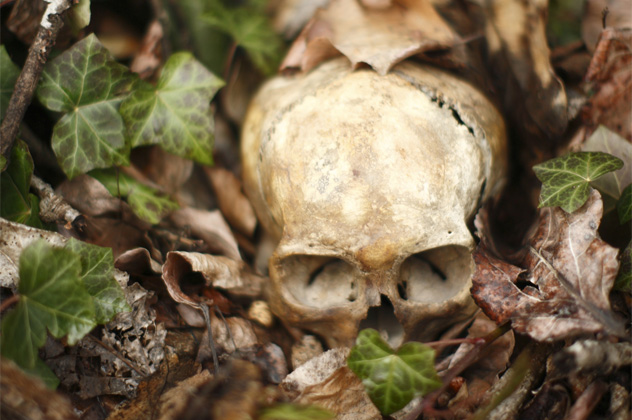
On November 6, 2009, a mushroom collector discovered a young woman’s decapitated head in some mountains near Hamada City. A torso, left ankle, and thigh bone were also found nearby, along with some shoes and plastic bags. The body parts looked as though somebody had tried to burn them. They were identified as belonging to Miyako Hiraoka, a 19-year-old student at the University of Shimane who was last seen the week before as she was leaving her part-time job at an ice cream parlor around 9:30 PM.
In the weeks following the initial discovery, over 200 police officers were deployed to investigate and find more body parts, but nothing else has ever turned up. A few days before Hiraoka vanished, she told her parents that she had become scared of walking home. She was so frightened, in fact, that she was already planning to quit her job and get a new one near JR Hamada station. A male resident soon reported that, on the night Hiraoka vanished, he had seen a car speeding down the road that Hiraoka usually walked home on. He said that he’d often seen the same car at around 9:30 PM, once or twice a week for the past few months.
#7 Takayuki Ohigashi

Takayuki Ohigashi was the president of the Osho Food Service, which operated the Gyozo no Osho fast food chain. There are over 660 Gyozo no Osho restaurants all over Japan, as well as in other Asian countries like Singapore and China. Ohigashi became president of the company in 2000 and used a number of cost-cutting measures to keep the chain profitable during a time when it was struggling. He was a kind and popular man who liked coming to work early.
On December 19, 2013, at around 7:00 AM, an employee found Ohigashi bleeding and unconscious in the parking lot of the company headquarters. He died at the hospital later that day, never regaining consciousness. He had been shot in the torso four times near his car, possibly in an ambush. Guns are notoriously difficult to acquire in Japan—few people have them except the Yakuza, and even they usually use smuggled ones. While they are rumored to have been behind the shooting, the kind of gun suspected of being used to kill Ohigashi is not the sort they typically use. The only other guess might be a Chinese hit man, hired by a Japanese gang which allegedly had some trouble with Ohigashi and a Chinese Gyozo no Osho back in 2005.
#6 Junko Kobayashi
On September 9, 1996, 21-year-old Sophia University student Junko Kobayashi was found dead inside her house in the Katsushika Ward of Tokyo, right after the home was practically destroyed by a fire. But Kobayashi hadn’t been killed in the fire. Her body was found wrapped in a blanket, and it was determined that she had been stabbed to death while her hands and feet were bound. Police were able to find some traces of blood despite the damage done by the fire, but it was identified as belonging to somebody other than Kobayashi. In the past 19 years, police have questioned over 76,000 people and have received 1,113 leads, yet are no closer to finding the culprit than when the body was discovered.
In September 2009, a 21-year-old college graduate named Yukari Ogino was found dead under similar circumstances. She was also stabbed to death, and her murderer had tried burning down her apartment building. Initially, police suspected the two cases might be connected. After a month of investigation, they arrested Tatsumi Tateyama, a 52-year-old man who was caught on a security camera withdrawing money from Ogino’s account at an ATM machine. Tateyama confessed to killing Ogino, but he had no links to the Kobayashi case. In September 2014, the Tokyo Metropolitan Police Department, with the help of photographs and blueprints, used 3-D printers to create a model of Kobayashi’s house. They’re hoping that the model will aid investigators and locals in solving the case.
#5 Mieko Mizuno And Hideko Akashi
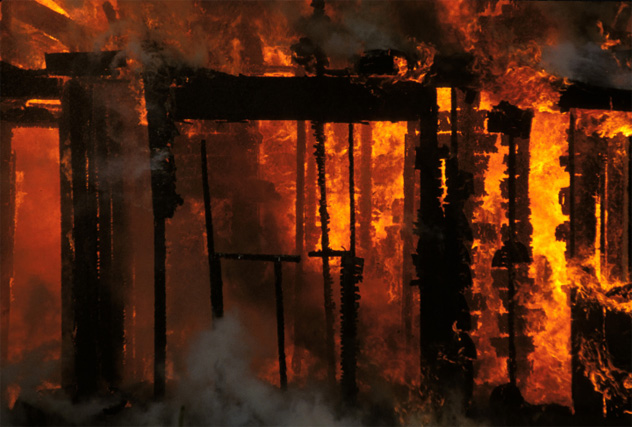
On May 23, 1979, two female workers from a Nagaokakyo grocery store—32-year-old Mieko Mizuno and 43-year-old Hideko Akashi—finished their morning shifts and went over to Nohara hill to collect ferns. Later in the day, Mizuno had to pick up her son from a nursery. She never arrived, however, and nobody saw her the rest of the day. Her family reported her missing to the police, and they found her and Akashi’s dead bodies on the hill two days later. Akashi had been stabbed in the heart, and Mizuno had been strangled. Their money and backpacks were untouched. In one of Akashi’s pockets, police found a small note that said, “Being followed. Please help. This guy is a bad guy.” Additionally, Mizuno had received over 50 bruises, and her pants and underwear had been taken off. Akashi had about 30 bruises, as well nine broken ribs and a lacerated liver.
Police suspected the murderer might have had some knowledge of karate. He left behind the knife used to kill Akashi, and a piece of hair was also found. There were some small shoe prints near the bodies. They considered the possibility that there was also another killer. On the day of the murder, there were 15 people on the hill, and another 40 construction workers in the area. Two of the workers, some young men identified only as K and M, were suspected, but they were eventually cleared. Another pair of suspicious young men were also spotted that day, but police were never able to figure out who they were.
#4 The Okamoto Case

Rikako was determined to have been strangled back in October 2005, and Yamauchi is believed to have died in March 2006. Chizuko claimed that Yamauchi killed Rikako and the three children, then hung himself. Eventually, she confessed to strangling Rikako herself, but still denied knowing anything about the deaths of Yamauchi and the three kids. The young boy might be Chizuko’s son, Toshihide, who disappeared in 1984 when he was six years old. Toshihide has never been found, and Chizuko insists that he was kidnapped by North Korean secret agents. On December 23, 2007, Chizuko was sentenced to prison for 12 years for Rikako’s murder. The bodies of the three children have still not been identified.
#3 The Executive Murders
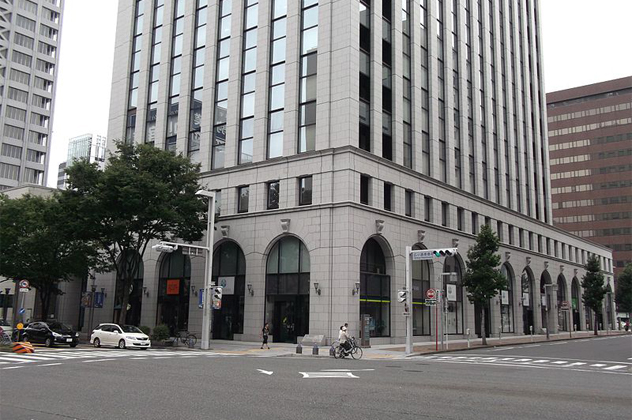
On September 14, 1994, 54-year-old Kazufumi Hatanaka was found dead in the hallway outside his apartment by a neighbor. Hatanaka was still wearing his pajamas and had been shot in his right eye. There was no sign of a struggle, but police still believed that he’d been shot at close range. Hatanaka was the manager of the Nagoya branch of Sumitomo Bank. In just over a year, there were 22 reported incidents of Sumitomo higher-ups being attacked, including having their houses fire-bombed, their phone lines cut, and being verbally threatened by unknown men.
There were unsolved incidents of other corporate executives being attacked, too, with 18 gun and knife attacks committed in a period of just two years. Hatanaka was, in fact, the third executive murdered in a year. A bank vice president was also shot dead, and an executive at the Fuji Photo Film Co. was stabbed to death. They all resembled quick, professional hits. None of the murders or attacks have been solved, but they are suspected to have been the work of Yakuza gangs. Around the time of the incidents, there was a strong anti-gang backlash going on in Japan, and many companies severed their underworld ties. It’s been suggested that the attacks were an organized terror campaign that aimed to intimidate corporations and the authorities.
#2 Yasuko Watanabe

Yasuko Watanabe was the daughter of an upper-middle-class Tokyo family and an economics graduate of the prestigious Keio University. In 1980, after graduating, she got a job at the Tokyo Electric Power Company. Watanabe disliked the job since she was to forced to wear a uniform and serve tea to her male colleagues and bosses, but the salary was good and she made enough to support herself and her widowed mother. After a few years working there, she became extremely disappointed that she wasn’t promoted to a position in the Foreign Ministry or the Ministry of International Trade and Industry.
Around 1989, when she was 32 years old, she also started working as a prostitute. According to one of her regulars, she was driven to try it out after a married male colleague ended an affair between them. Watanabe had a very precise schedule when it came to her second job. She would start working after 5:00 PM, and she gave herself a quota of four customers a night. She would solicit nearly anybody, sometimes sleeping with a man for as little as $20. Her diary, which was very detailed, listed some 88 men she’d had sex with, including dates, times, and fees. On March 19, 1997, Watanabe’s body was found in a vacant apartment. She had been strangled to death. One of the men named in her list, an illegal Nepali immigrant named Govinda Prasad Manali, lived right next door.
Manali voluntarily went to the police himself to clear up any suspicion that he killed Watanabe. They, however, arrested him for working illegally. At first, he denied knowing her, but eventually he admitted to having had sex with her three times. For weeks, the police tortured him by kicking, punching, and pulling his hair until he confessed to the murder. Manali spent the next 15 years in prison insisting that he was innocent and that his confession had been forced. Eventually, a DNA test proved that some semen found on Watanabe’s body wasn’t his. The Tokyo High Court declared him not guilty, and rather than being given an apology, he was deported back to Nepal for overstaying his visa.
#1 Sakamoto Ryoma
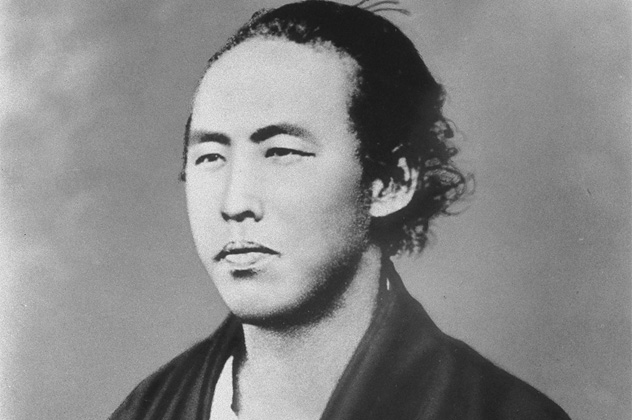
Sakamoto Ryoma was a low-ranking samurai and modernist reformer who was essential in setting the stage for the overthrow of Japan’s Tokugawa Shogunate, a military dictatorship that ruled the country from 1603 to 1868. He worked to bring together the two most powerful anti-shogun clans, the Satsuma and Choshu. In 1866, Ryoma organized a secret alliance for the two groups, vowing to overthrow the government and re-establish the emperor. The next year, the current shogun resigned, and the Meiji Restoration was declared, again giving the Japanese emperor the powers the Shogunate had held over the past two centuries. Unfortunately, Ryoma never got to see the modern Japan he devoted his life to creating—he died just a short while before the Japanese emperor regained power.On December 10, 1867, Ryoma and his friend, Nakaoka Shintaro, were staying at a Kyoto inn. Some assassins charged in and slashed at both Ryoma and Shintaro before fleeing the scene. Ryoma died from his wounds that night, while Shintaro lingered on for another two days. Their assassins were never found or identified, but they were probably members of a pro-shogun group, perhaps the Shinsengumi or the Mimawarigumi. Ryoma has since been revered as one of Japan’s greatest and most respected heroes. In one particular poll, after the 2008 economic crisis, the executives of 200 Japanese corporations were asked who from the past millennium would be the most useful in guiding Japan out of the present crisis. Ryoma got more mentions than any other historical figure, even Oda Nobunaga and the founder of Honda.
